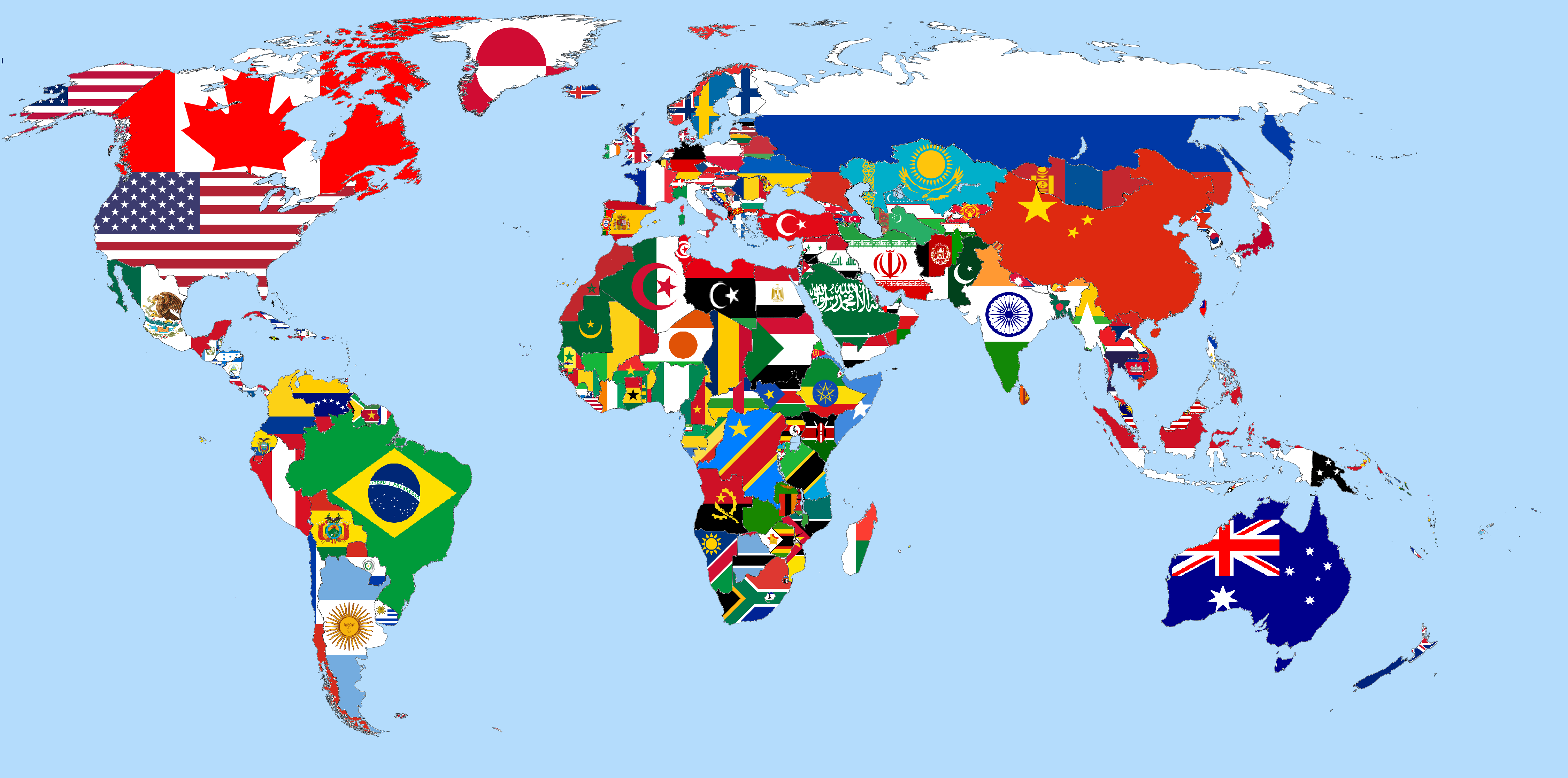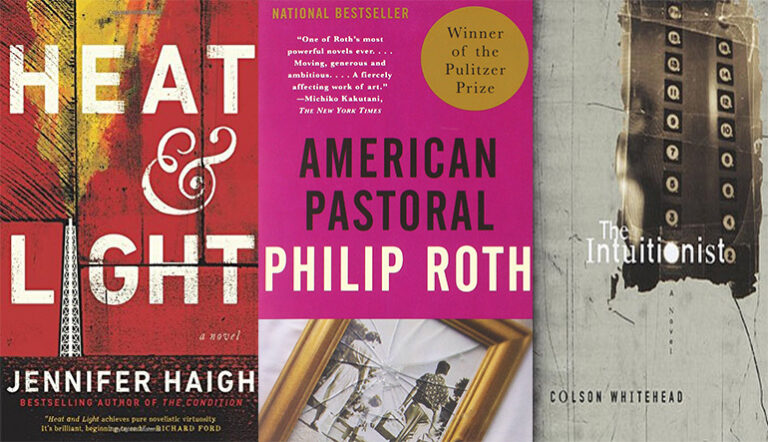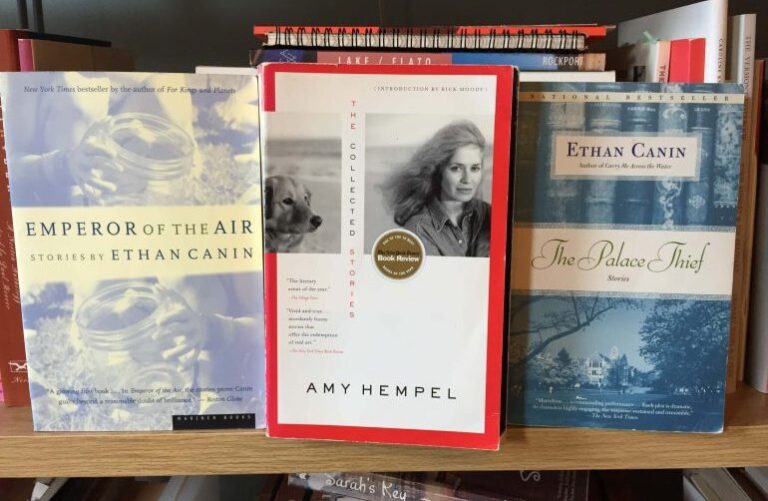Lessons from a Year in Translation

For 2016, I wrote a series of interviews with translators here at the Ploughshares blog. I started with some pretty loose guidelines, which were simply to not repeat languages or publishers and to try to be as geographically diverse as possible. My interviews covered books written by Korean, Rwandan-French, Swedish, Dutch, Chinese, Catalan, Egyptian, Russian, Brazilian, and Haida (a Native American tribe) authors. Beyond the interviews, I also tried to read significantly more translation for leisure. In the end, about 30% of the books I read this year were translated. That number is low, but looks good next to the fact that only about 3% of all the books published in the US are translations, a number that grows even smaller if you focus on literary fiction (roughly 0.7%).
My geographic goal was harder to hit than I thought it would be. South Asia and Africa, in particular, are less represented than I had hoped. Part of that is due to the low appetite of American publishers for translated works in general, but especially works that haven’t already been successful in another major market. This is evidenced by how few countries in Africa are represented in the literary scene. Last year’s Tram 83 (Deep Vellum) was one of the first books about the Democratic Republic of Congo by a Congolese writer. 2016 saw a Burundian novel translated into English for the first time ever: Baho! by Roland Rugero (Phoneme Media). Another, sadder part of it is that if you are a new African or south Asian writer working on your first novel, it’s to your advantage to write in English, even if that’s not your first language.
A significant number of the translators I interviewed were based out of Europe. This is not surprising—a lot of the books that make it to America begin their lives in the United Kingdom, which is experiencing a boom in translated literature sales. When they do make it to America, much of the heavy lifting is done by smaller presses, or smaller imprints at the large houses. Elena Ferrante’s Neapolitan series came from the independent publisher Europa Editions, and Karl Ove Knausgård’s My Struggle was originally published by non-profit Archipelago Books before being reprinted by Farrar, Straus, and Giroux. This year’s Man Booker International winner, The Vegetarian, was published first in 2015 in England by Portobello Books, an independent publisher that was founded just in 2005, and then when it was brought to America it was published by Hogarth, a small imprint of Crown Publishing Group (itself a part of Random House). A lot of the conversation around translated work is being driven by small houses dedicated to only publishing works in translation, places like Archipelago Books, Open Letter Books, and Deep Vellum Publishing (see my interview with Deep Vellum founder Will Evans at The Rumpus).
Part-way through this year I began to notice that these books, which I was choosing based on reasons besides their style or content, had a common thread running through them. More often than not, the books included some sort of magical realism or fourth wall-breaking element. In some cases, that was García Márquez-style metaphor-made-real in the narrative, as in Yan Lianke’s The Explosion Chronicles, or it was a memoir-writing polar bear in Yoko Tawada’s recently translated novel appropriately titled Memoirs of a Polar Bear, or it was a woman being reincarnated as a dog in Ladivine by French author Marie Ndiaye. It seemed to me that this mostly random selection of translated work had a much higher chance of departing from realism than a similar, random selection of mainstream American literature, and I’m not sure why. Is it that publishers think readers associate translated works with an otherness and want to see that mirrored in the content? Is this a representation in differences of trends in writing between the US and other countries? Or is it a reflection of non-US critics/publishers simply being more open, as gatekeepers, to these kind of works? I asked this question of a few translators and people in publishing, and while they had a similar sense of what was being published, they didn’t have any answers for me.
If you’re looking for some recommendations on how you can help boost that number up from three percent, I have some titles you should dedicate a part of your book budget to. Willful Disregard by Lena Andersson (Other Press) tops my list as all-around favorite book this year. It looks at a modern, one-sided relationship between an academic, intellectual woman and a callous artist, and was a powerful, painstaking portrayal of contemporary love in a short novel. Laurus by Eugene Vodolazkin (Oneworld) was the most innovative book I read this year, a novel about a mystic healer in medieval Russia with a lot going on at every level. My hat is off to translator Lisa Hayden for that impressive feat. Finally, a great resource to go back and check out is the discussion around Women in Translation Month, which was in August. Here’s a note about #WITMonth’s origins, a Goodreads group where you can see what people were reading for #WITMonth 2016, and you can always look back at the hashtag itself. And, of course, here at Ploughshares we’ve written about a lot of great titles in translation.


